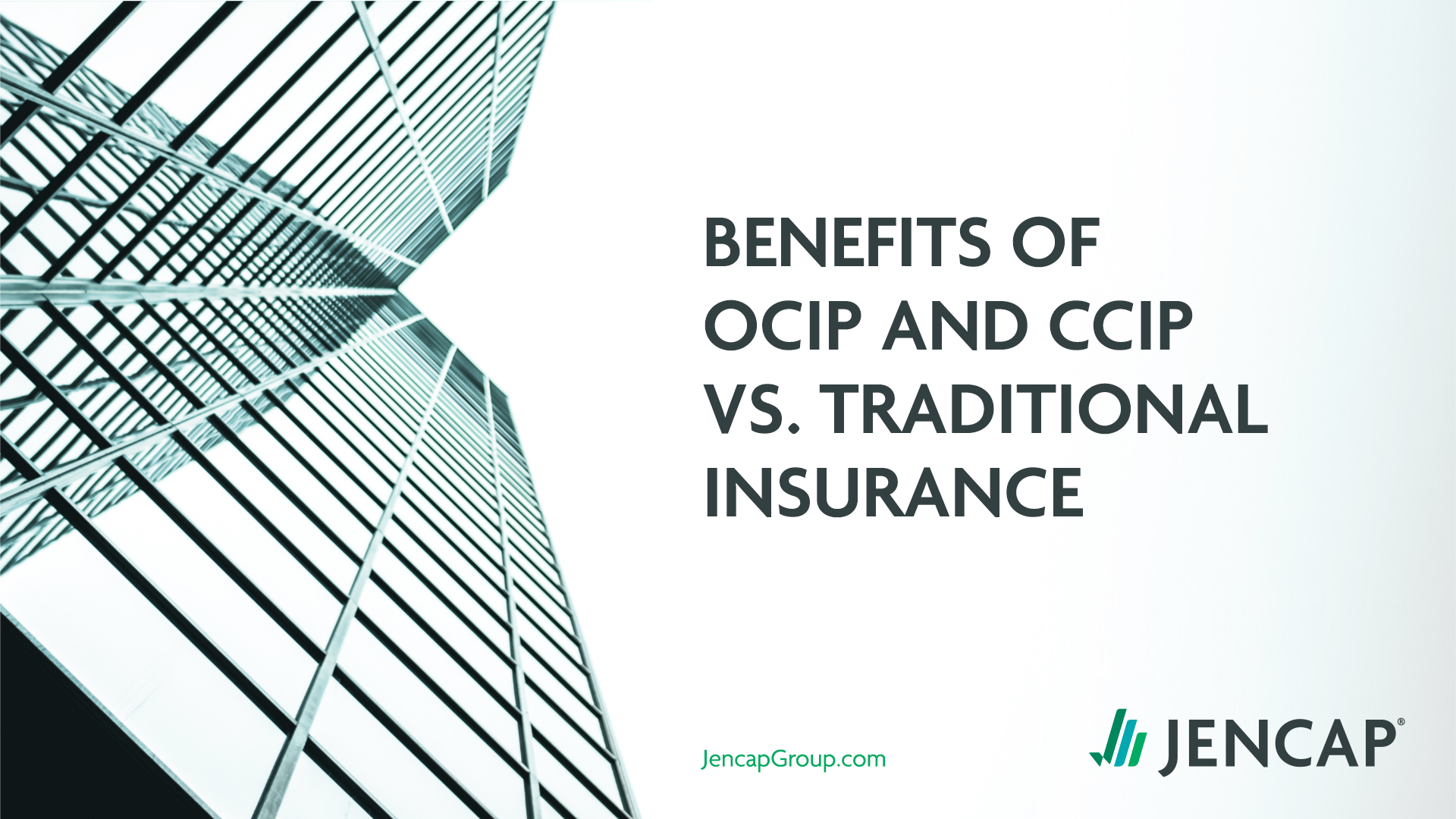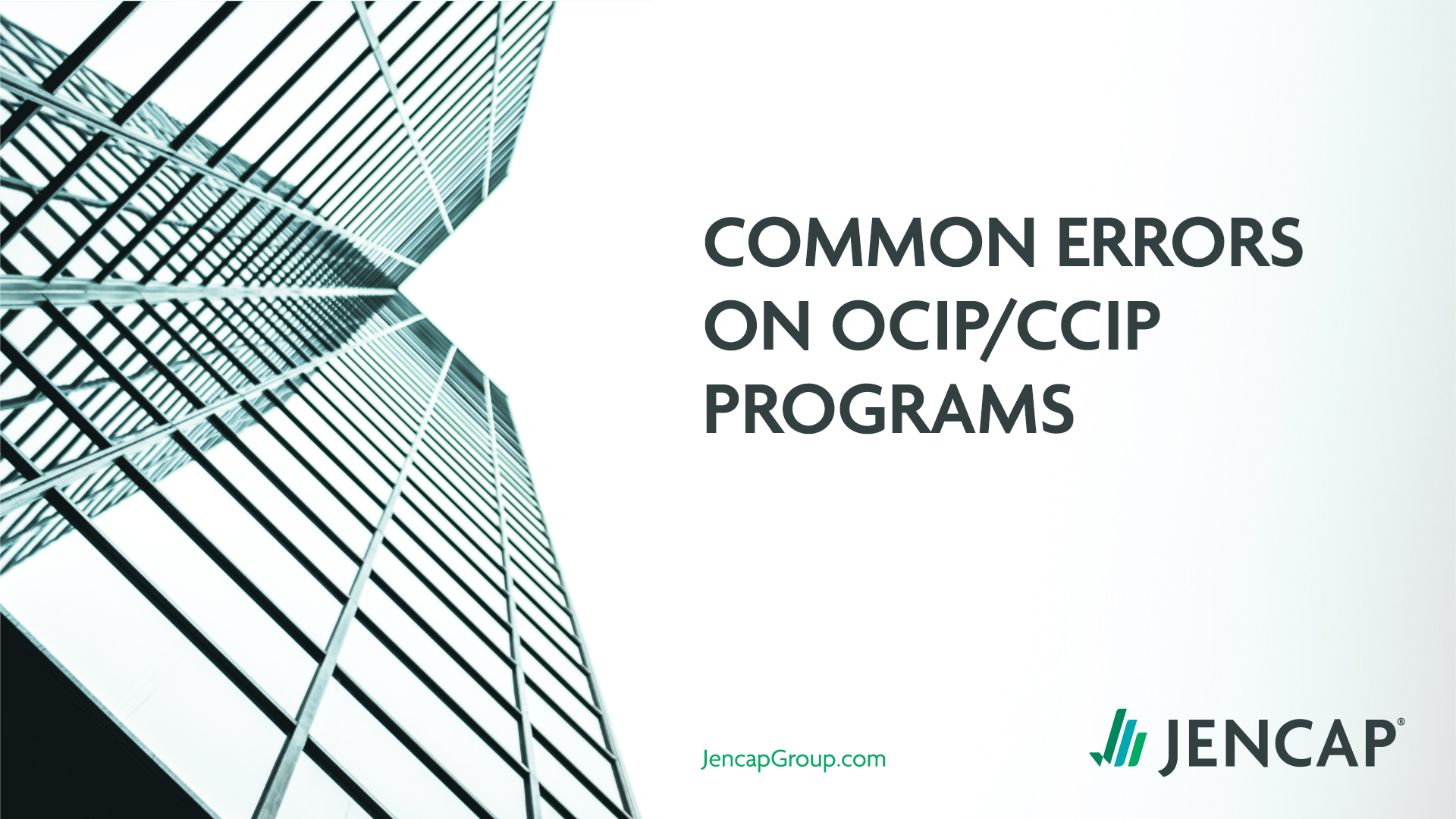For businesses that utilize subcontractors, Contractor General Liability (CGL) insurance is an absolute necessity. If a subcontractor hired by your client’s business causes damage, your client’s business can be on the hook for financial compensation to the injured party – this is where CGL insurance comes in.
CGL insurance coverage protects your client’s business against risk if the following considerations are taken into account:
1. Is the worker an employee or an independent contractor?
Determining the status of the business’ workers is critical for measuring risk and exposure.
The IRS has a guide to help businesses assess the employee vs contractor status of their staff.
Generally speaking, common law rules to determine the status of a contractor are centered around three areas of control and independence: behavioral, financial, and the nature of the relationship.
- Behavioral: What degree of control does the company have over the worker?
- Financial: Does the payer handle the “business” aspects of the job? This includes payment methods, expense reimbursements, tax deductions, and provision of equipment.
- Nature of the Relationship: Does the worker receive benefits? Is the working relationship long-term or only for the duration of a certain project? Does the scope of the work extend to all aspects of the business or just a particular function?
According to the IRS, “There is no ‘magic’ or set number of factors that makes the worker an employee or an independent contractor, and no one factor stands alone in making this determination. The key is to look at the entire relationship, consider the degree or extent of the right to direct and control, and finally, to document each of the factors used in coming up with the determination.”
Businesses must be careful to ensure all workers are properly classified and CGL policies typically have a warranty requiring subcontractors be listed and properly classified.
2. Ensure subcontractors have equal CGL coverage to the general contractor and include the general contractor in that coverage.
Contracts between the client and the subcontractor require subcontractors carry equal CGL limits and name the client as “Additional Insured” on the subcontractor’s policy.
If those requirements aren’t met, the claim can be denied and/or the payouts reduced to lower limits.
CGL Insurance coverage at the subcontractor level ensures there is necessary coverage at all levels to meet financial obligations in the event of an accident.
3. Collect and confirm certificates of additional insured status and equal CGL limits from subcontractors.
Make sure your clients collect insurance certificates at the subcontractor level. When they receive the certificate, don’t just take it at face value.
Advise your client to call and verify the subcontractor’s coverage before paying or allowing them onto the job site.
Most state laws don’t require a policyholder to notify their additional insured before the policy is cancelled for non payment, so a subcontractor can show proof of coverage and then two weeks later cancel the policy.
It’s important to verify throughout the relationship that the policy has remained in place.
4. Jencap offers peace of mind with policies that protect your client from subcontractor liability.
We can quote with carriers that remove the Subcontractor Warranty from the policy removing the burden from your client and ensuring they are protected in cases of underinsured or uninsured subcontractors.
An audit performed with the subcontractor warranty simplifies the process for your client. The carrier would only need their financials, making the process easier for the agent and the insured.
Additionally, your client is protected in cases of fraudulent certificates from subcontractors.
For a comprehensive policy that provides your client peace of mind, get connected with one of our underwriting experts.













































